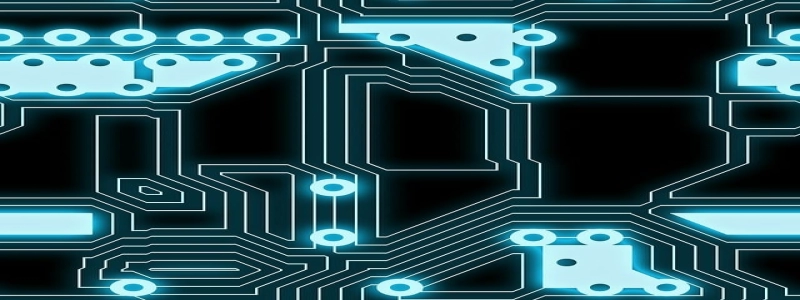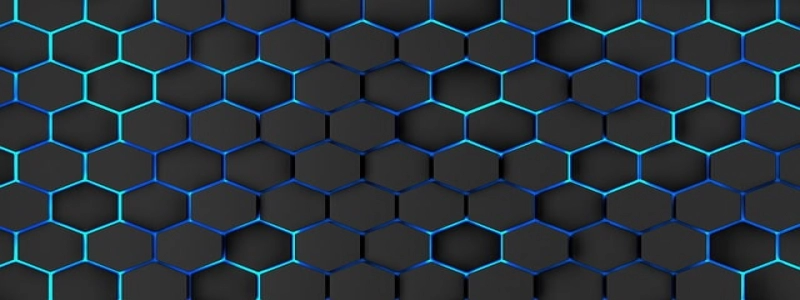How to Bury Fiber Optic Cable
Introducción:
Fiber optic cables are increasingly being used for high-speed internet connections and telecommunications. One critical aspect of fiber optic installation is burying the cables efficiently and securely. This article will provide a step-by-step guide on how to properly bury fiber optic cable to ensure optimal performance and longevity.
I. Planning and Gathering Materials:
Before starting the burying process, make sure to obtain the necessary materials:
A. Fiber optic cable: Choose a cable suitable for burial, such as outdoor-rated, armored, or direct burial cables.
B. Digging tools: A shovel or a trencher to dig a trench along the desired pathway.
C. Safety equipment: Wear gloves, safety glasses, and sturdy footwear to protect yourself during the installation process.
D. Marking flags: Use flags to mark the intended pathway for the cable.
II. Assessing the Terrain:
Before digging, assess the terrain to identify any potential obstacles or areas of concern:
A. Determine the depth: Identify the required burial depth for the fiber optic cable depending on local regulations and environmental conditions.
B. Locate existing utilities: Contact utility companies to mark the location of any underground facilities, such as gas lines or electrical cables.
C. Consider soil conditions: Evaluate the soil type, as certain soil compositions may require additional measures to protect the cable.
III. Digging the Trench:
A. Mark the pathway: Use marking flags to indicate the desired pathway for the cable.
B. Dig the trench: Start digging the trench along the pathway using a shovel or trenching equipment. Ensure that the trench is the appropriate depth and width for the cable.
C. Remove any obstacles: If any obstacles, such as rocks or roots, are encountered during digging, clear them away to create a smooth and even trench.
IV. Installing the Fiber Optic Cable:
A. Position the cable: Lay the fiber optic cable carefully along the bottom of the trench, avoiding any sharp bends or excessive tension.
B. Protect the cable: If required, use conduit or sleeves to provide additional protection for the cable.
C. Avoid sharp turns: Make gradual, sweeping curves instead of sharp turns to prevent damage to the cable.
D. Leave service loops: Leave sufficient slack in the cable at both ends and create service loops to allow for future expansions or repairs.
V. Backfilling and Compacting:
A. Backfill the trench: Gradually fill the trench with soil, avoiding any rocks or debris that could damage the cable.
B. Compact the soil: Gently compact the soil using a tamper or a plate compactor to ensure stability and minimize settling over time.
C. Final grade: Smooth the surface and restore the area to its original condition, ensuring there are no visible signs of the cable installation.
Conclusión:
Burying fiber optic cables properly is crucial for maintaining their performance and protecting them from potential hazards. Siguiendo los pasos descritos en este artículo, you can ensure a secure and efficient burial of fiber optic cables, thereby enabling reliable and high-speed communication connections.








